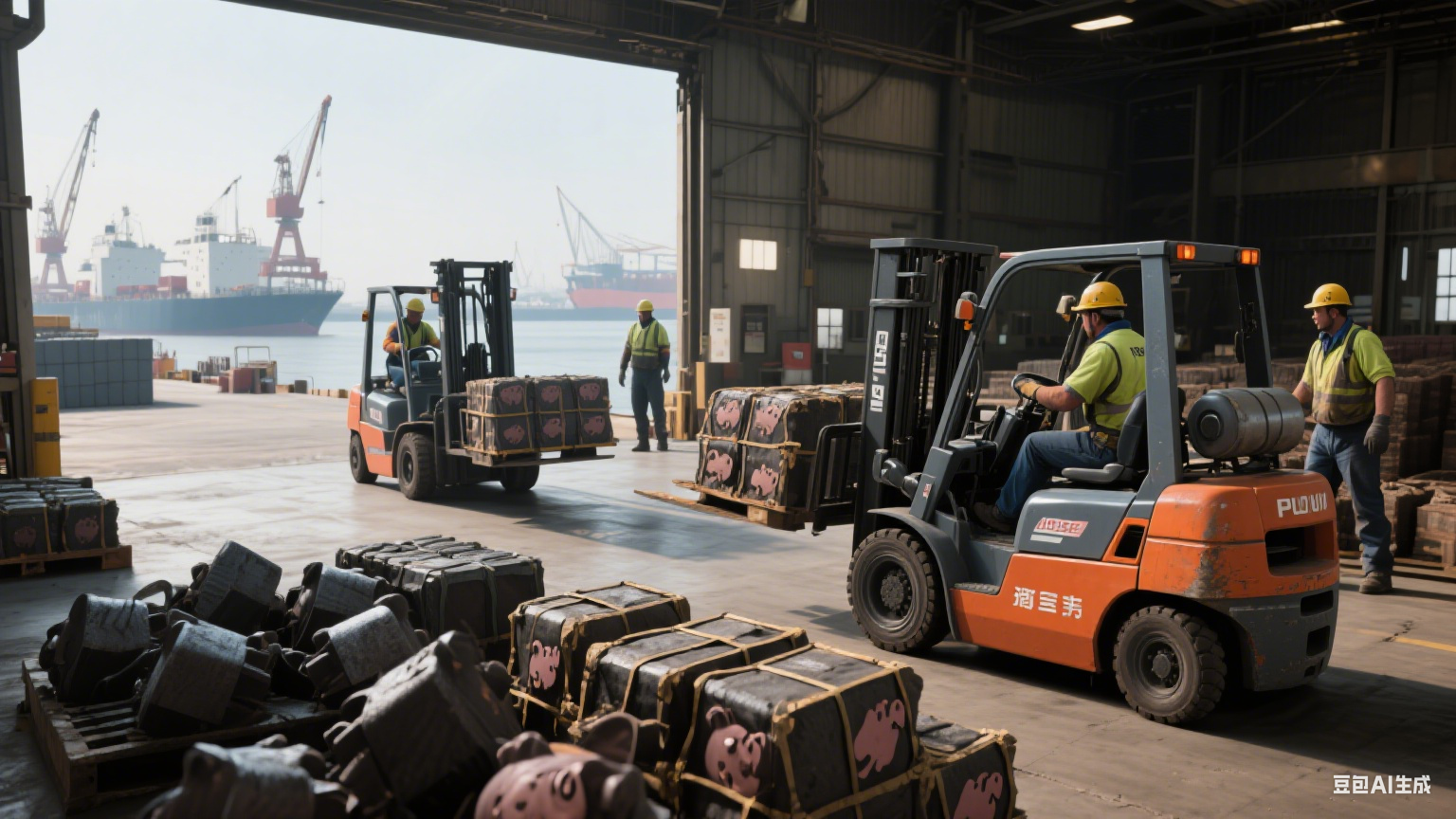What are the key precautions for pig iron import?
2025-08-12 08:52:16 hits:0
Structured Outline
Precautions for Pig Iron Import
When importing pig iron, several important aspects need to be taken into consideration to ensure a smooth and successful import process.
1. Qualification Requirements
Import License: Companies must confirm whether they possess the necessary import license for pig iron. Similar to iron ore imports, the import license is a crucial document, and it should be applied for in advance from the relevant business department. For example, in the case of iron ore imports, it is required to obtain an automatic import license from the commerce - related authorities (Source: https://iask.sina.com.cn/b/87oETKdEhnun.html).
Other Qualifications: Depending on the type and use of pig iron, additional qualifications such as environmental protection and quality certifications may be needed. For instance, when importing recycled steel, relevant environmental protection and quality certificates are often required (Source: https://www.jvrong.com/business_13209241.htm).

2. Documentation Preparation
Basic Documents: Prepare essential documents including a commercial invoice, packing list, import contract, and bill of lading. These documents are fundamental for customs declaration and represent the basic information of the imported goods.
Special Requirements: If the pig iron is imported from the EU, the United States, South Korea, or Japan, and is packed in wooden crates, a heat - treatment certificate or a phytosanitary certificate is required. For non - wooden packaging, a certificate of non - wooden packaging should be provided. Additionally, other documents stipulated by the tariff regulations, such as import licenses and important industrial product certificates, need to be prepared. If there is a duty - exemption manual, the corresponding duty - exemption certificate manual should also be provided (Source: http://www.51sole.com/b2b/sides172908349.html).
3. Transportation Considerations
Cost Calculation: Transportation costs account for a significant portion of the total import cost. It is necessary to calculate the cost carefully. Similar to iron ore imports, the quantity of imported pig iron should meet the requirements of bulk carriers. Only when using bulk carriers can the transportation cost be minimized. If the quantity is too small, bulk carriers may not provide transportation services (Source: https://iask.sina.com.cn/b2b/sides172908349.html).
Shipping Arrangements: Ensure that the shipping company and shipping route are reliable. Consider factors such as shipping time, shipping safety, and potential risks during transportation.
4. Customs Clearance Procedures
Customs Declaration: Provide the necessary customs declaration documents accurately and in a timely manner. After the import declaration, if the customs requires price verification, relevant price - proof documents such as letters of credit, insurance policies, original invoices, and tender documents need to be provided.
Tax Payment: After the customs issues the tax bill, the importer needs to pay the taxes within 7 working days. If the payment is overdue, the customs will levy a late - payment fee on a daily basis.
Time Limit: The goods must be declared to the customs within 14 days after arrival at the port. If the declaration is overdue, the customs will levy a demurrage fee (at 0.05% of the goods' value per day). If the goods remain undeclared for more than three months, the customs will treat them as unclaimed goods and sell them off (Source: http://www.51sole.com/b2b/sides172908349.html).
5. Quality Inspection and Standards
Inspection at the Port: Pig iron, as a bulk commodity, is subject to inspection at the unloading port according to relevant regulations. The inspection content includes compliance with safety, health, environmental protection, and quality requirements, as well as aspects such as quantity and weight.
Quality Standards: Ensure that the imported pig iron meets the national and industry - specific quality standards. Check the quality certificates and relevant test reports provided by the supplier.

6. Market and Price Analysis
Market Research: Before importing, conduct in - depth market research to understand the supply and demand situation, price trends, and competition in the domestic pig iron market. This helps in determining the appropriate import quantity and price.
Price Negotiation: Based on market research, negotiate the price with the supplier to obtain a reasonable price for the imported pig iron. Consider factors such as the international market price, transportation costs, and exchange rate fluctuations.
In conclusion, pig iron import requires careful attention to various aspects from qualification acquisition to customs clearance and quality inspection. By following these precautions, importers can reduce risks and ensure the smooth progress of the import business.
Blog Author Profile
DAWN | Pig Iron & Castings Procurement Advisor 18 years in the foundry trenches give me an edge: I know how pig iron’s chemistry impacts casting quality and can troubleshoot defects like cracks and porosity. With a 1M MT/year pig iron and 60k MT/year casting output from our in-house factory, plus 200+ verified suppliers on our platform, we offer fast price comparisons. Expect a 24-hour inquiry response—my goal? Not just closing deals, but being your go-to partner in the foundry world.
18 years in the foundry trenches give me an edge: I know how pig iron’s chemistry impacts casting quality and can troubleshoot defects like cracks and porosity. With a 1M MT/year pig iron and 60k MT/year casting output from our in-house factory, plus 200+ verified suppliers on our platform, we offer fast price comparisons. Expect a 24-hour inquiry response—my goal? Not just closing deals, but being your go-to partner in the foundry world.

 en
en  fra
fra  de
de  ru
ru  ara
ara  gle
gle  it
it  jp
jp  kor
kor  th
th  zh
zh 


